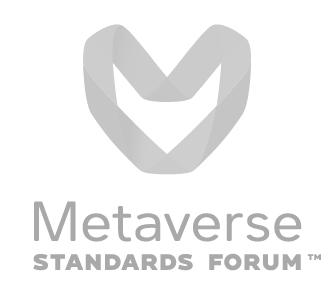<< Return to the Previous
Page

Design criteria and technical requirements for sustainable metaverse ecosystem
- Abstract
- Metaverse holds promises on accelerating progress towards the UN Sustainable Development Goals (SDGs), for instance, in health, biology computation, automotive, aerospace, education, and mitigation of the effects of extreme climate events. However, digital spaces have inherent costs and pose new environmental, social, and economic risks. If not properly governed, the rise of metaverse could amplify adverse environmental consequences inherent to its enabling technologies (e.g., AI, A/R, blockchains, IoT and digital twins) leading to increased CO2-emissions, e-waste, and resource consumption, harming local ecosystems, communities, and their businesses. Moreover, emerging AI risks related, for instance, to manipulation, disinformation, isolation, echo chambers, and amplification of individual/group discriminations can be amplified by the metaverse. In business, high-performance hardware and costly resources needed to develop, test and maintain metaverse applications could be an economic barrier for SMEs, start-ups and non-profit organizations, thus deepening influence and power gaps. Moreover, the development of resource-intensive metaverse can amplify long-term rebound-effects risks, leading to a substantial increase in CO2 emissions and resource consumption. The contributions of this document are threefold: 1. A definition of a sustainable metaverse ecosystem; 2. Design criteria to integrate at design environmental, social and economic sustainability needs; 3. System requirements for sustainable metaverse ecosystems.
- Supplementary Normative References
- none, will be completed
- Domains
- Connectivity
- Keywords
- carbon footprint CO2 emissions e-waste energy efficiency metaverse responsible design risk assessment. sustainability sustainability risks system design UN SDGs
- Maturities
- published
- Types
- Technical Specification
<< Return to the Previous
Page